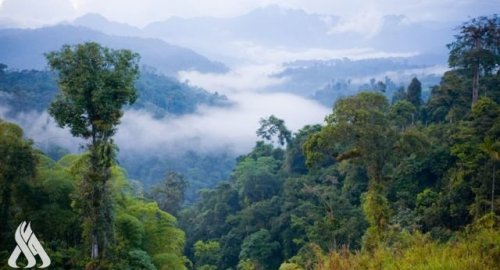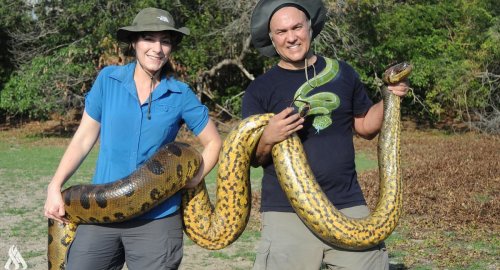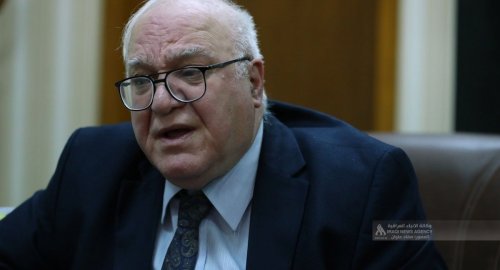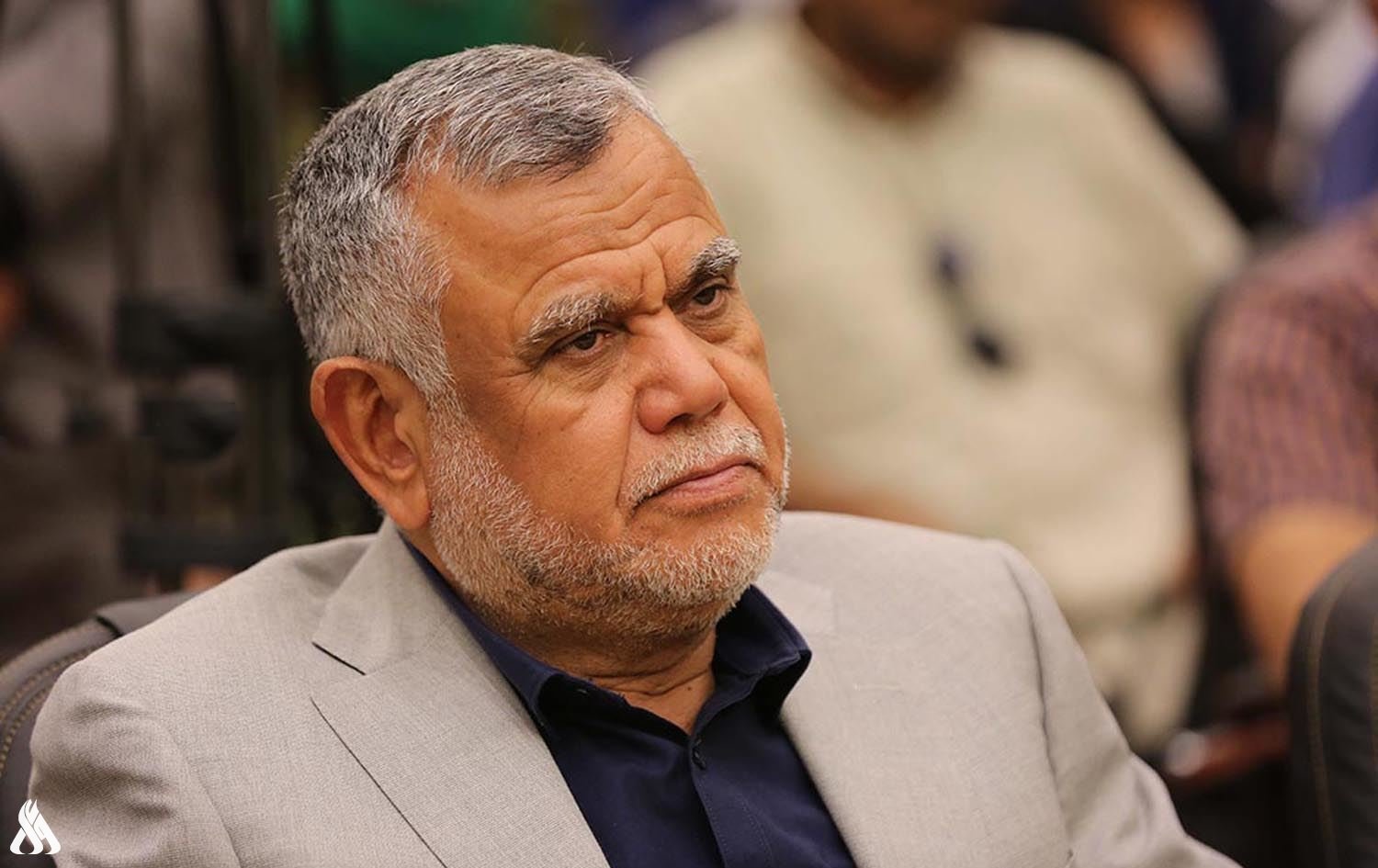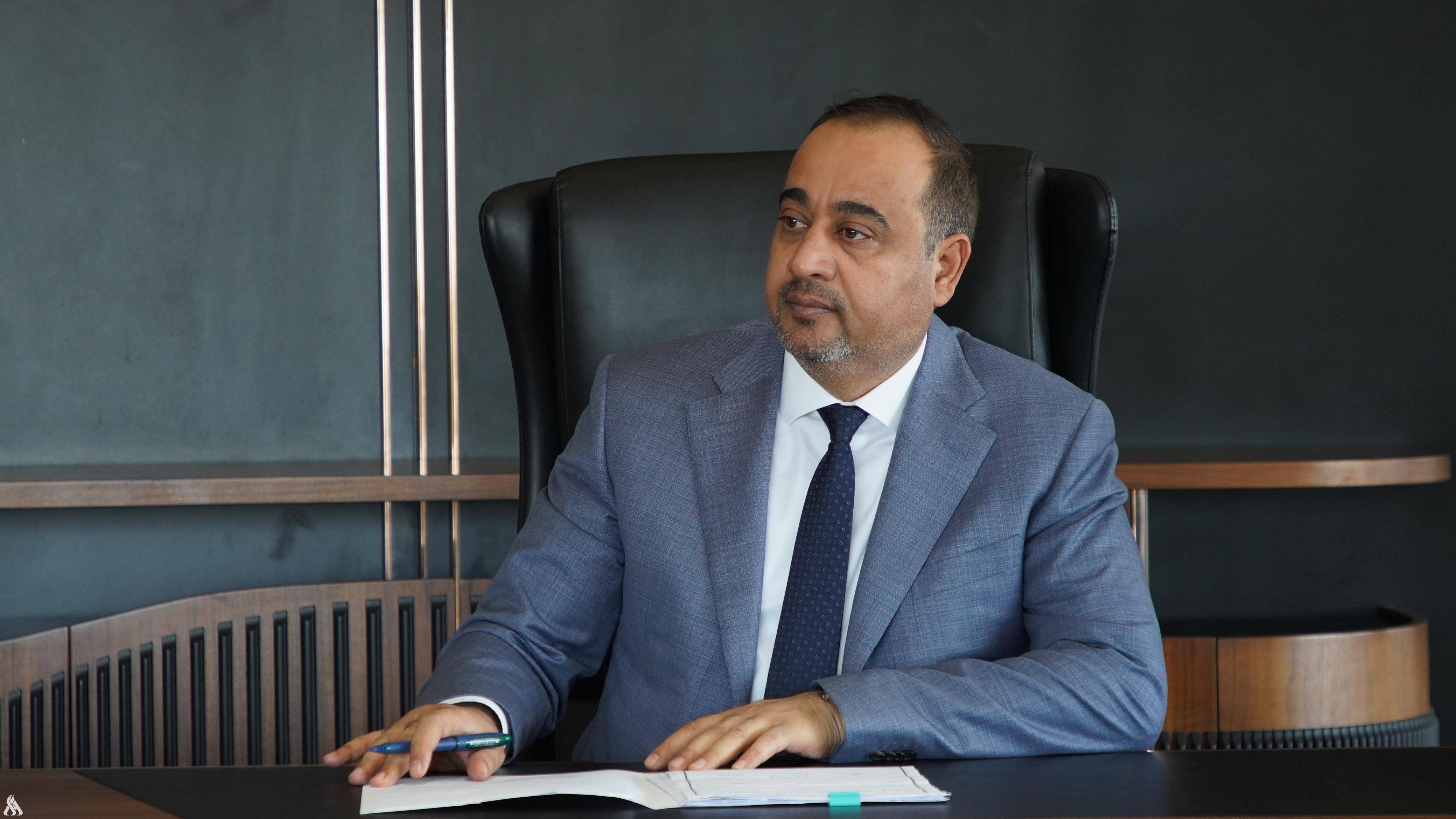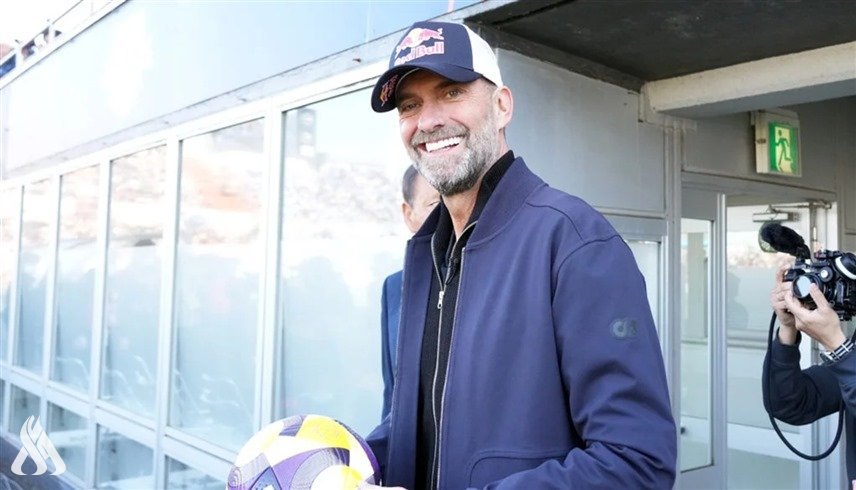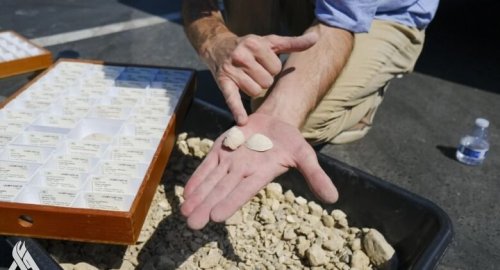
Construction Workers Dug Beneath a High School—and Stumbled Upon 200+ Ancient Species

- 18-09-2024, 08:36
INA- sources
Most high schoolers only get to study fossils through textbooks and videos. But students at San Pedro High School in Los Angeles got a much more up-close-and-personal experience thanks to the discovery of millions of fossils dated millions of years old underneath their campus.
When a construction project to renovate the school kicked off in 2022, fossils—ranging from a saber-tooth salmon to shorebirds and sea turtles to a prehistoric megalodon—started turning up pretty quickly. “I thought this stuff was something that never happens, especially around here,” student Taya Olson told KABC. “It only happens in textbooks.”
And those finds have not slowed. For the next two years, the fossil finds kept coming, with numbers of bones from sea creatures of all sorts growing into the millions. “It represents an entire ecology of the ocean nine million years ago,” said Wayne Bischoff, director of cultural resources at Envicom Corporation.
“There’s never been this type of density of fossils ever found at a site like this before in California,” Bischoff told the newspaper, adding that the find confirms the existing scientific idea that ancient Los Angeles was once underwater.
The oldest of the fossils were trapped within a fossilized algae known as diatomite.The algae concentration points to a nutrient-rich area that could have fed a variety of marine life—even including dolphins and whales. Bischoff said that the wealth of fossils mixed with shore material has given rise to the theory that a whole prehistoric island once washed onto what is now the L.A. shore.
The fossilized finds are now mostly in the hands of researchers—whether from the school district, the Cabrillo Marine Aquarium, Cal State Channel Islands, or the natural History Museum of Los Angeles County.
Milad Esfahani, a San Pedro High School student, even got in on the research at the Natural History Museum by sorting fossilized shells. “It was sort of like gold panning,” he told the Times, adding he now hopes to become a marine paleontologist.
Mining the fossilized beds can give researchers an exceptional view into the past. “It’s the entire ecosystem from an age that’s gone,” Bischoff told LAist. “We have all this evidence to help future researchers put together what an entire ecology looked like nine million years ago. That’s really rare.”
source: popular mechanics
Al-Amiri warns of any war between Iran and the US
- politics
- 25/04/01
